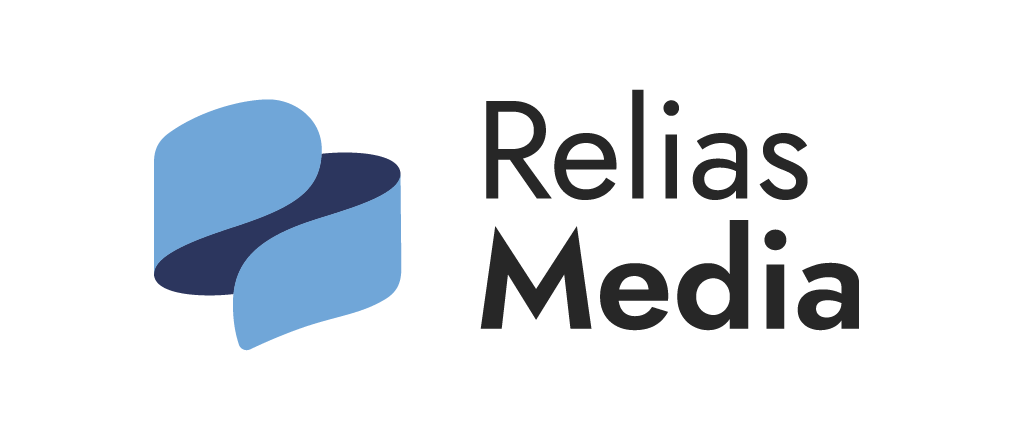EXECUTIVE SUMMARY
Reporting of adverse events, near misses, and patient safety concerns might be improved by providing a way for employees to report anonymously. One hospital has seen significant improvements after employing such a system.
-
Electronic reporting might significantly increase the quantity and quality of incident reports.
-
Anonymous reporting encourages reports that otherwise might be unknown.
-
Using Common Formats Helps Improve Patient Safety Across All Organizations.
Incident reporting appears to improve when employees are provided an anonymous method, according to the experience of Montefiore Medical Center in Bronx, NY.
The use of the anonymous reporting system grew out of the hospital’s adherence to the Agency for Healthcare Research and Quality’s Common Formats method of incident reporting. Patient safety organizations — Montefiore is a member of one — are required to collect and analyze data in a standardized manner, and the Common Formats method helps providers uniformly report patient safety events and aims to improve healthcare providers’ efforts to eliminate harm.
One of the options included in the Common Formats is anonymous reporting, and Montefiore included that method when it implemented the MIDAS+ incident reporting system from Midas+ Solutions in Tucson, AZ, in 2012. Among other features, the system enables hospital staff to submit anonymous incident reports of patient safety issues for analysis and improvement. The previous process at Montefiore had employees filling out a one-page paper form.
A big increase
Transitioning to the electronic reporting system greatly increased the quantity and quality of reporting, says Jason Adelman , MD, patient safety officer at Montefiore. Adelman did not specify specific numbers but said the increase was more than he expected and made him realize that many safety concerns had gone unreported in previous years.
The quality of the reports improved because the anonymity, and the ease of reporting electronically, prompted people to share their concerns more fully, with details that typically were not provided in earlier reports.
Not all of the reports are anonymous, and Adelman says it is unclear how much of the increase in reporting was due to that feature. However, he says he suspects the anonymous feature has led to the reporting of some incidents that might have gone unknown. “The message we send is that we are interested in finding out what the system problem was that allowed that error or that near miss to occur, not to punish the person who made a human error,” Adelman says. “Anonymous reporting is a way to encourage that.”
Protocol at Montefiore requires the staff member who becomes aware of a safety issue to complete a written report through the MIDAS+ system, from which trending and investigation reports are produced. Incident reporting is required for unsafe conditions, near misses, and adverse events resulting in actual harm to a patient. Montefiore’s data is shared with the ECRI Institute’s web-based Patient Safety Organization (PSO), where it is merged with and compared to the error reports from healthcare institutions nationwide. Data from the ECRI PSO is used by Adelman and colleagues in developing and testing appropriate interventions, such as efforts to reduce wrong-site errors and medication mistakes.
“With every medical error root cause we identify, we are saving lives, and our physicians are a critical link to helping us identify those causes,” Adelman says. “There are many vendors and systems you can use for incident reporting, but my main recommendation is to use the Common Formats in whatever system you choose.” (More information on AHRQ’s Common Formats is available online at http://www.pso.ahrq.gov/common.)
Jason Adelman, MD, Patient Safety Officer, Montefiore Medical Center, Bronx, NY. Email: [email protected].
